ORNL demos 20 kW bi-directional wireless charging on UPS PHEV truck; 11" air gap, >92% efficiency
Green Car Congress
APRIL 22, 2020
Researchers at the Department of Energy’s Oak Ridge National Laboratory (ORNL) in late February demonstrated a 20-kilowatt bi-directional wireless charging system installed on a UPS medium-duty, plug-in hybrid electric delivery truck. UPS appreciates the Department of Energy’s support on this effort.

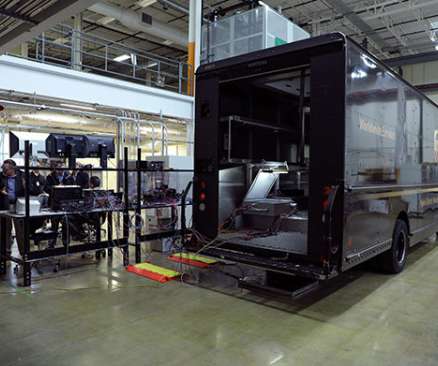





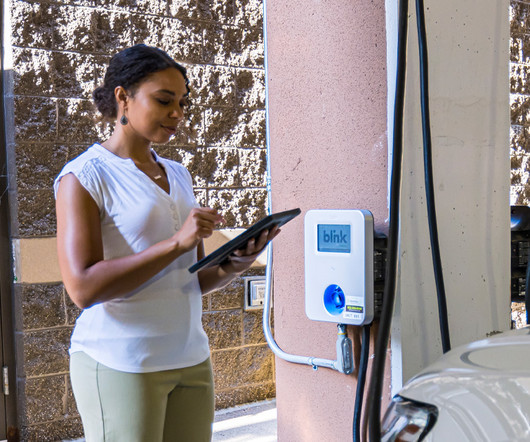



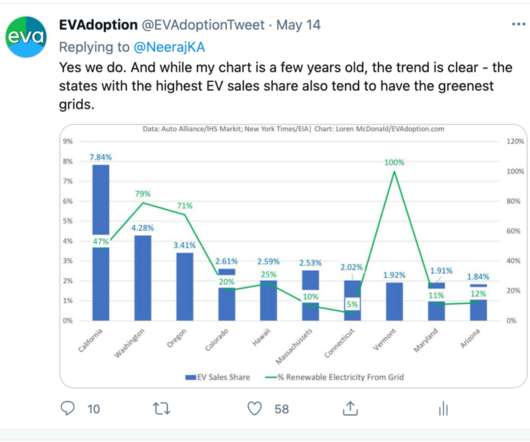





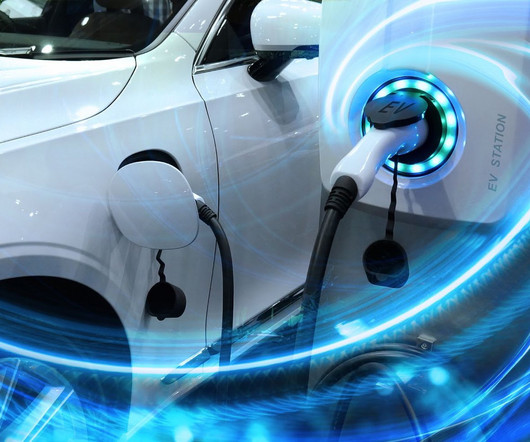

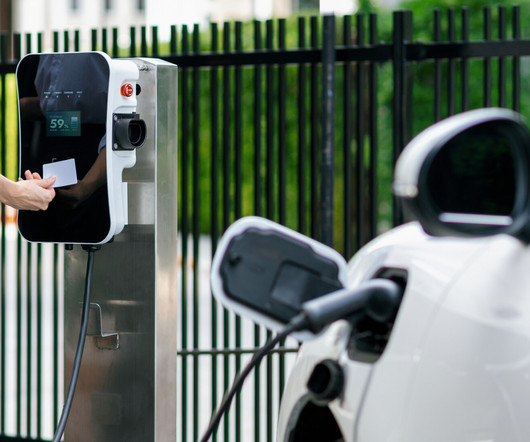



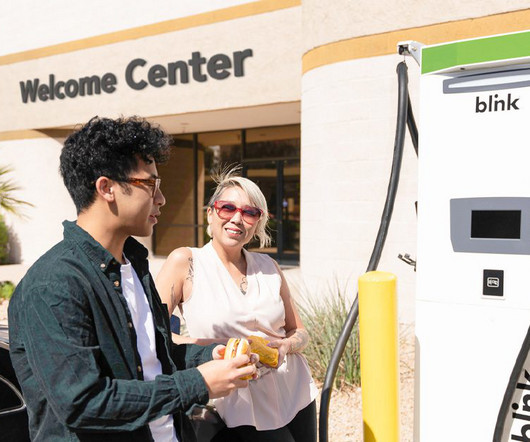
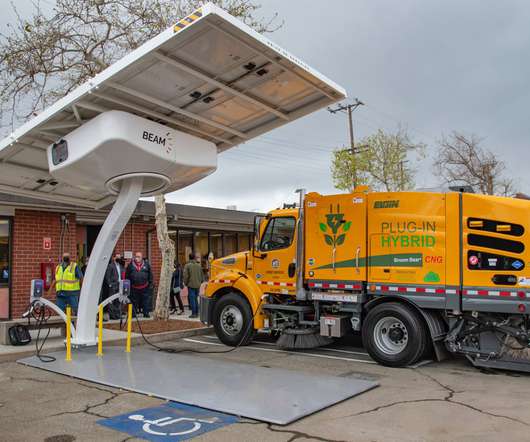




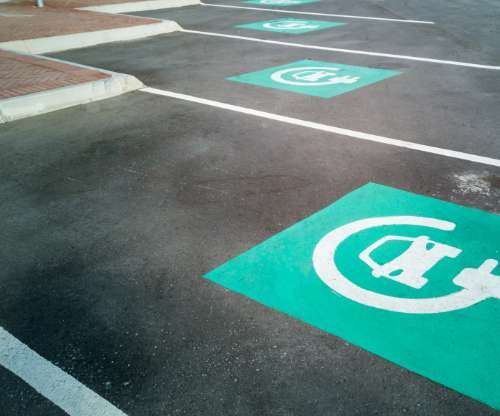










Let's personalize your content